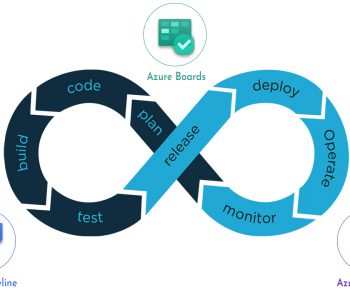 Data Masking/Protection
Data Masking/Protection
Masking PHI in FHIR EDI Files with DarkShield
IntroductionThe IRI DarkShield data masking tool includes fit-for-purpose wizards in its IRI Workbench GUI to search (classify) and mask (remediate) sensitive ”dark data” (as defined by Gartner) in many semi, unstructured, and structured file, NoSQL, and relational database (RDB) sources. Read More







